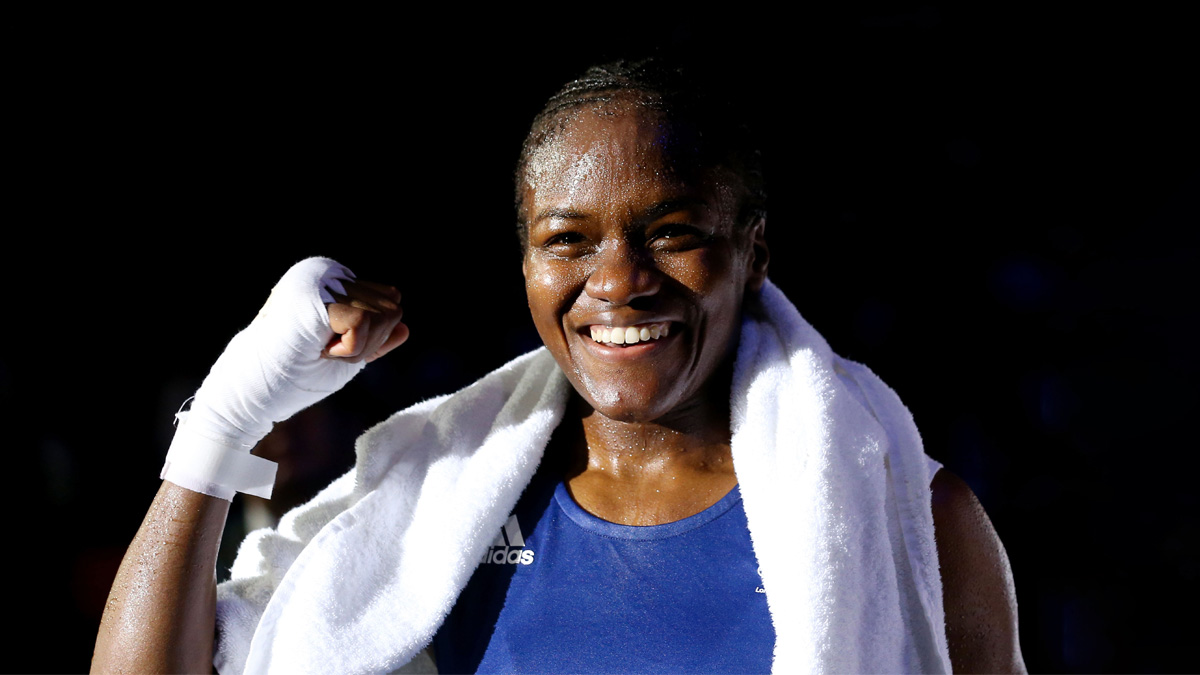
They say the best things come in threes. Well, I had just that experience recently: three stories, each one different, but each one emphasising the same point. The first came from a podcast in which Olympic gold-medal winning athlete Dame Jessica Ennis-Hill was interviewing Nicola Adams, the two-time Olympic gold-medal winning boxing champion.
One of the themes that emerged very clearly was the power of purpose, which had driven Adams throughout her teens. In most sports, there is a competition structure to keep you motivated, engaged and focused.
This was not the case for Adams in boxing. She had her first bout aged 13 and had to wait four years for her next one. There was no pathway, schedule of events, or group of opponents that Adams could tap into.
When asked what kept her training, Adams highlighted her core motivation – ensuring that women’s boxing became an Olympic sport. She recounted the story of her experiences at the 2008 World Championships in China, the first to which Team GB had taken women.
The preparation and experience, compared to the men, was dismal, right down to women having to share competition kit and borrow physio and coaching support from rival teams.
Adams told Ennis-Hill how she often felt like changing sports to one better set up for women, but each time she had that thought, she had a competing, and stronger, one: “No, I really want this to become an Olympic sport.”
Fast forward to London 2012 and a conversation with her coach just after she won the semi-final, who told her that for women’s boxing to continue in the UK, it would need the gold medal.
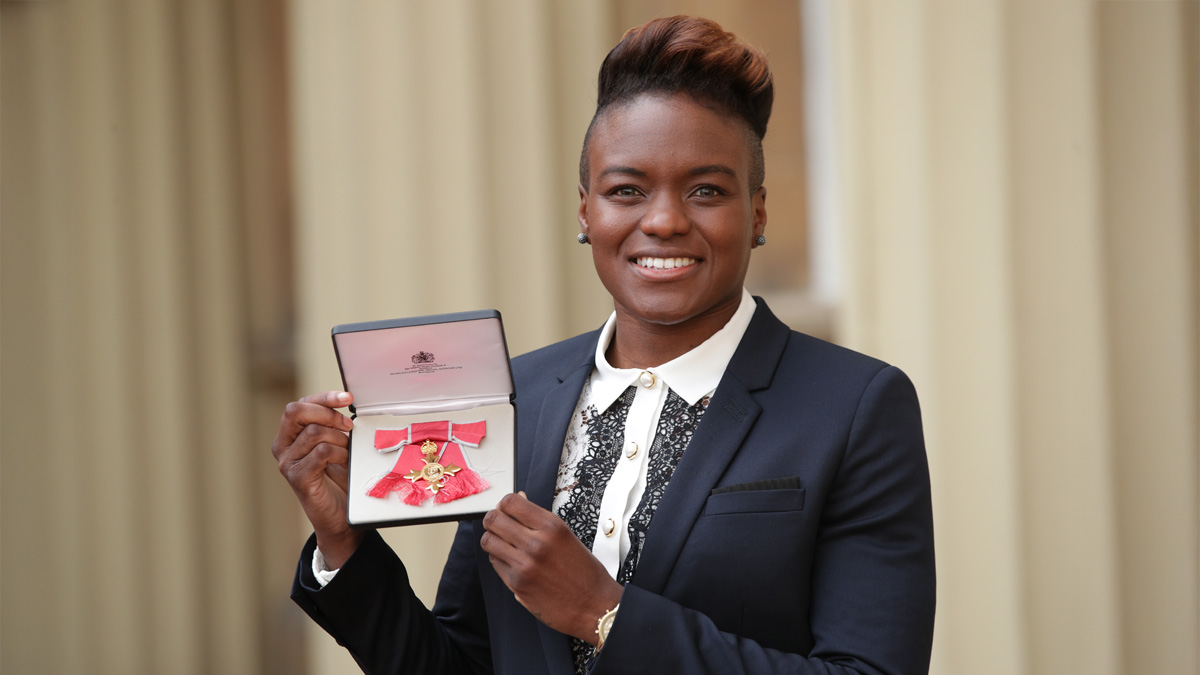
That night, Adams lay on her bed and realised that this was about more than her winning the gold: she was doing this for everyone else as well – all the young girls who might watch, take up boxing and think they might have a future in it.
It changed her mindset and gave her a totally different feeling about the final: “No one is going to beat me.”
In fact, Adams told Ennis-Hill that it felt like someone would have to have taken her arm off to stop her winning (while also noting that her opponent was her main rival, who she had lost to just 10 weeks earlier at the World Championships).
The result: victory and a 50 per cent increase in women’s boxing in the UK after the Olympics. Soon after, Adams met a young girl who had been doing ballet until the age of five but, having seen Adams winning the gold medal, had taken up boxing. You could hear how much this story meant to Adams.
The second story came from a post on LinkedIn. The Women’s Sport Trust is one of several organisations in women’s sport, in their case aiming to make it visible, viable and unstoppable. As an organisation it is brilliant at raising awareness, demonstrating and evidencing progress and making noise.
In this LinkedIn post, it shared an update titled “Backing Purpose, Powering Growth: Firebird’s Blueprint for Women’s Sport Investment”. It was announcing the receipt of a grant from Firebird, part of an interconnected portfolio of investments by the company across women’s sport.
The announcement described the holistic approach that Firebird takes to boosting women’s sports and how this sets Firebird aside from a typical investor. Its approach is rooted in a single mission: to drive gender equity and justice for women and children. Every financial and philanthropic decision it makes aligns with that purpose.
It’s a deliberate departure from the traditional separation between investing for return and giving for impact. Its founding question was: what if we only invested in things that are aligned to one purpose and mission? The result is a model where impact and profit are not competing goals, but interconnected outcomes.
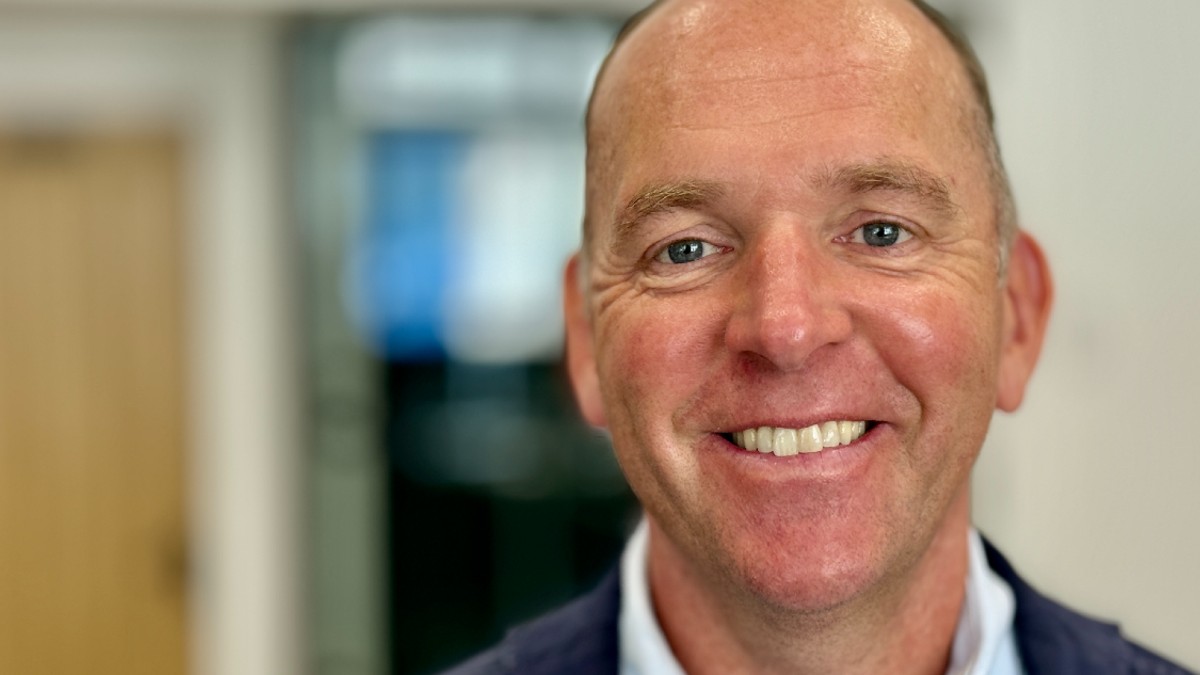
As the final piece of my listening and reading jigsaw, I listened to Bruce Bratley, CEO of a business called First Mile, being interviewed on the Business Leader Podcast. First Mile delivers recycling and waste solutions for businesses around London.
Listening to Bratley’s background, why he set the business up and what its focus was and continues to be, it was very clear that, as with Firebrand and Adams, the business had and has a very clear mission and focus. What was also clear was how this has turbocharged its growth.
It’s well established that the challenge in waste management and recycling collections is the first mile – giving the customer something that they want in terms of the proposition, turning up on time, collecting the waste and then getting it back into the supply chain. So, this is where the business focused (hence the name).
One of Bratley’s insights was that in the early days it focused on SMEs rather than big corporates. Why? Because, in blunt terms, they were the only ones who cared about recycling back then.
While acknowledging that it didn’t have the means to chase after the big corporates, it was also, significantly, because they didn’t really care and so First Mile was not going to make the impact it wanted to. This led to a focus, and growth trajectory, through the SME market.
What’s the common thread in all of this and how can it help you turbocharge and sustain growth in your business? Having a clear purpose and sticking relentlessly to it ensures focus. It ensures motivation. And it can therefore be a significant driver of growth.
What’s yours?
Related and recommended

Whether winning an Olympic gold medal or scaling your business, an overriding sense of purpose helps you punch above your weight

Former Manchester United and England football star Rio Ferdinand shares advice on how to convince people to back your business ideas

He’s sold more than $6bn worth of homes, but for Daniel Daggers, the real investment has always been in people
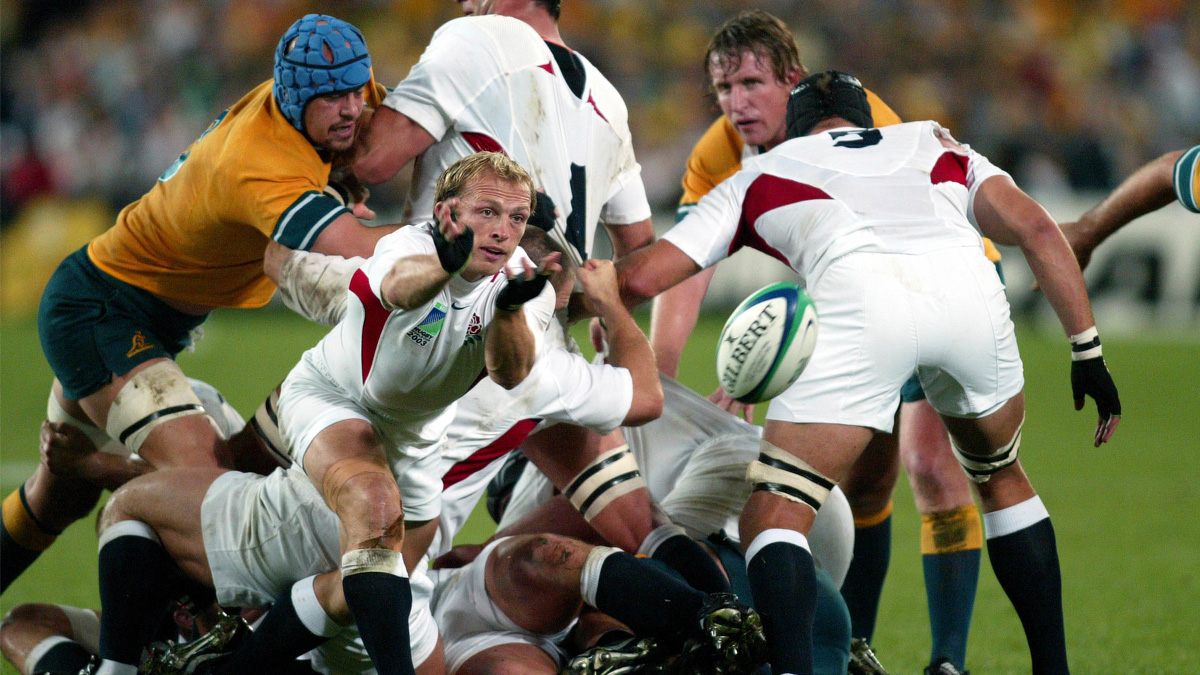
The Rugby World Cup winner turned business leader reveals how lessons from elite sport have shaped his approach to leadership, teamwork and growth
